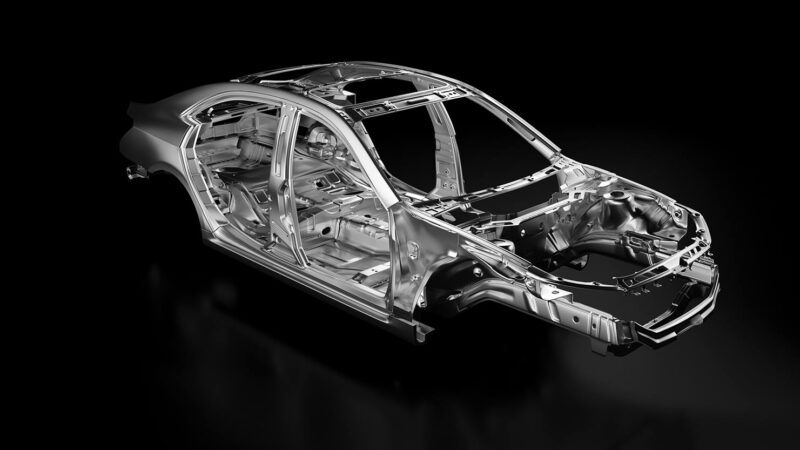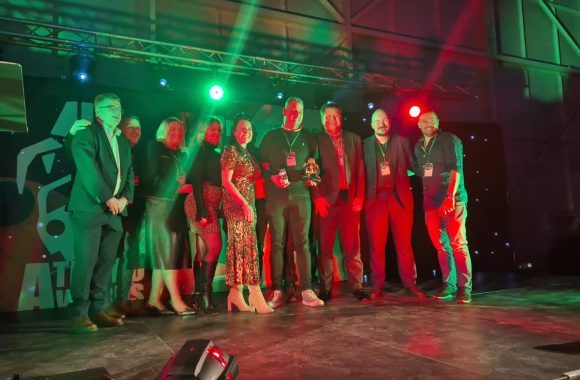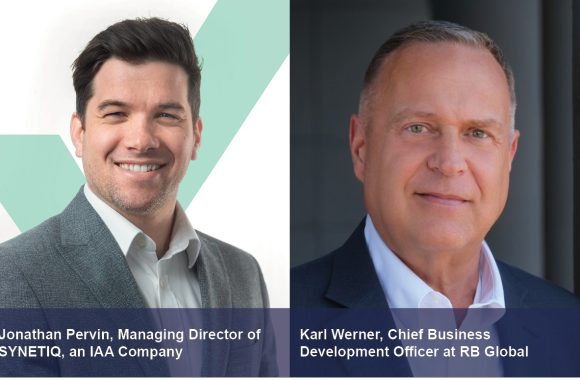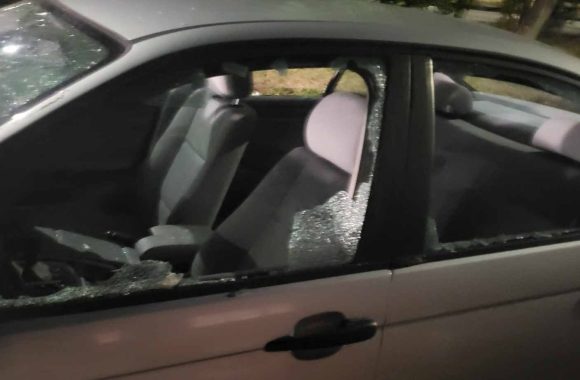Britain’s leading car salvage, dismantling and recycling company, SYNETIQ, has proved it is a canny operator when it comes to recycling aluminium from its vehicles.
On average, SYNETIQ extracts more than 5200 tonnes of aluminium during the vehicle recycling process each year: enough to produce 346 million drinks cans. SYNETIQ then redistributes the aluminium back into the supply chain as part of its integrated, circular recycling model.
The latest figures follow SYNETIQ’s announcement of “Our Road to Tomorrow” – their roadmap to becoming the most sustainable business in the vehicle recycling industry – and support the business’s objective to fully understand their carbon emissions.
With support from independent circular economy consultants Oakdene Hollins, the roadmap included a study into the true CO2 footprint of SYNETIQ’s operations and the CO2 savings that can be achieved by using green parts in automotive repairs, while highlighting the environmental benefits of integrated salvage and recycling.
Aluminium is commonly used throughout modern vehicles, including body panels, wiring, wheels, engine and transmission, and must be carefully separated during the recycling process.
“We’ve invested in equipment and procedures to help us extract the maximum amount of reusable material from the vehicles we handle,” says Ray Curry, Operations Director at SYNETIQ. “Aluminium recovery is a key element of this process, as the material is 100% recyclable. That means we create new CO2 savings every time we recycle it.”
Using recycled Aluminium reduces CO2 emissions by 92%, compared to raw material use, and saves 95% of the energy needed for primary production*, according to a 2020 report by the European Recycling Industries’ Confederation.
Aluminium is an incredibly versatile material, its strong and lightweight properties making it perfect for a range of reuses, whether that’s manufacturing beverage cans and cooking foil, or for aerospace and alloy wheel manufacturing.
SYNETIQ processes more than 70,000 vehicles each year, using the waste hierarchy of reduce, reuse, remanufacture and recycle to maximise the sustainability of operations. Vehicles that aren’t safe for repair, and don’t contain reusable parts, are separated down into raw materials for recycling.
“For us, recycling is always the last remaining option,” adds Ray. “Avoiding waste is our priority, so if a vehicle or part can be reused for its intended purpose in its current form, that’s the route we’ll choose.”
Over the last two years, the business has helped clients avoid 5.5 million kilograms of CO2 through the supply of green parts alone – the equivalent CO2 of powering 662 homes for one year.
*Source – EuRIC AISBL – Metal Recycling Factsheet (2020)





